What are The Different Types of Broccoli? – Broccoli is a member of the Brassica family, with its nearest relative being Cauliflower. It is believed to have originated around the Mediterranean, along with Cauliflower, but only became recognised as a distinct vegetable about 500 years ago. Broccoli is more tolerant of warm conditions and is generally easier to grow than Cauliflowers.
Broccoli can be categorised into 5 different types; Calabrese, Romanesco, Chinese, Sprouting and Broccolini. Calabrese is the form that most people visualise when thinking of broccoli as it is the variety you would commonly find in your local grocery store. Calabrese and Romanesco types produce large heads, while Broccolini, Chinese and sprouting broccoli types produce smaller florets that are often more succulent.
Calabrese Broccoli is a thick stemmed vegetable, with wide clumps of tiny florets, which looks like a miniature version of a tree. These types of Broccoli can range in size, though they all have a very similar taste. The biggest difference between varieties, is usually the length of time they take to mature, which varies between 90 to 130 days.
Romanesco Broccoli was first documented in Italy, in the 1,500’s, and is still grown there today. Like the Calabrese, it forms medium sized heads that are a bright lime green colour with distinctive spiral patterns. The texture is slightly firmer than the Calabrase type, and the flavour which is mild and nutty, is preferred by many professional chefs.
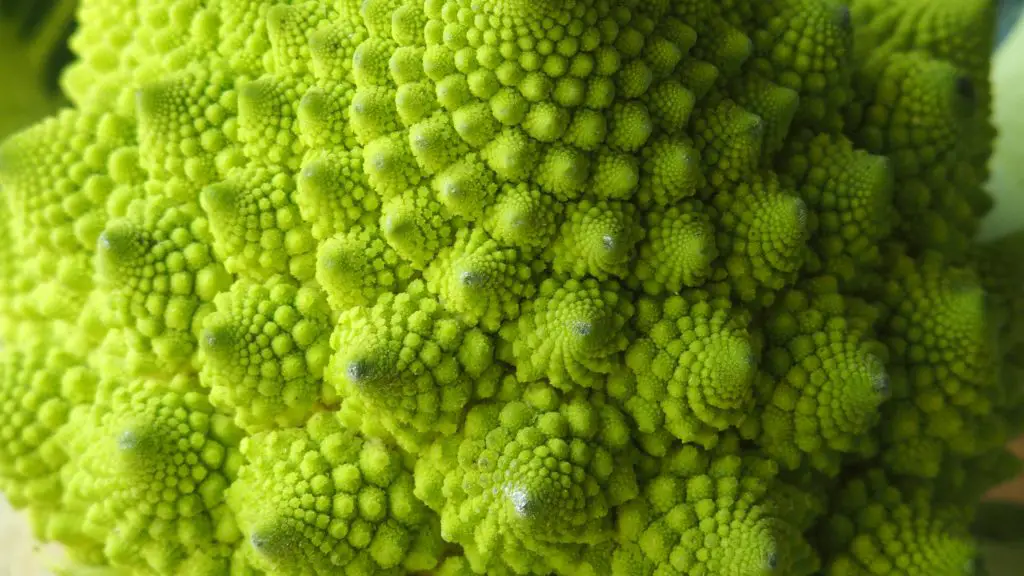
The plant itself has a similar growth habit to Cauliflower, with thick coarse foliage that takes up significantly more space that the Calabrese varieties. These plants grow to around 2 feet in width, and require significantly more space than other varieties. Additionally, the Romanesco varieties only produce a single head, whereas the Calabrese varieties produce a main head, followed by several small heads that can be harvested over a greater period of time. These attributes explain why the Calabrese varieties tend to dominate the shelves of the major supermarkets.
Sprouting Broccoli differs from Calabrese and Romanesco types, because it does not produce a central head, instead it produces a large number of side shoots that are generally larger than the side shoots obtained on the Calabrese type. This type of Broccoli appeared before the Calabrese types, and was selectively bred to produce the Calabrese varieties with larger heads over time.
Sprouting Broccoli are available in Green, Purple or White sprouting heads. This type of Broccoli can be eaten raw, although it is most commonly cooked. Unfortunately, the unusual colors of the vegetable will often turn green once cooked, so if you want to retain the colorful heads of sprouting Broccoli, eat them raw. Taste wise, they are similar to the Calabrese type.
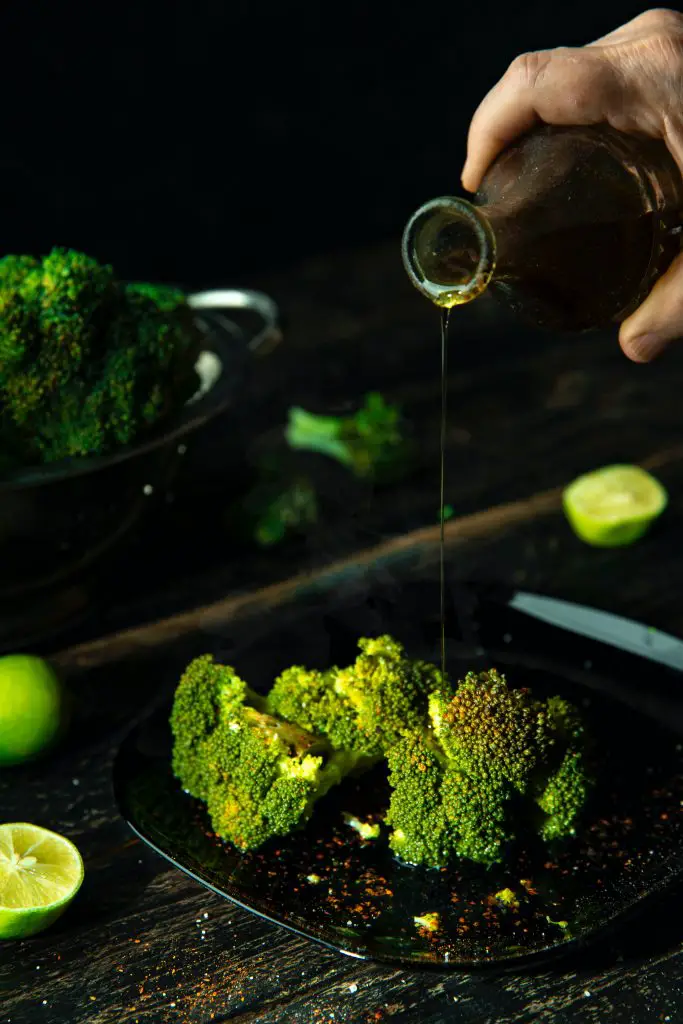
Sprouting Broccoli is a useful form of Broccoli, as it can be overwintered to produce an early Spring harvest. These plants will continue to grow throughout the Winter, and will produce higher quality florets if exposed to temperatures below 10°C (50° F), for an extended period of time. Sprouting Broccoli can take anywhere from 70 days to 220 days to be ready to harvest, depending on the variety and the time of year the seed is sown.
Chinese Broccoli, also known as Chinese Kale, is widely used in China, as the name suggests. It has large chunky stalks with florets that are smaller than typical Broccoli. The taste is similar to Broccoli, but is stronger and it is slightly more bitter. Unlike other types of Broccoli, it is harvested shortly after the plant flowers.
It features widely in Cantonese cuisine and is frequently used in stir-fries or steamed as a side dish. You could substitute out regular Broccoli for Chinese Broccoli in almost any recipe.
Broccolini is the most recent addition to the Broccoli family. It was first developed in 1993 by crossing Calabrese Broccoli with Chinese Broccoli. It is sometimes referred to as Baby Broccoli or Tenderstem Broccoli, and has been rapidly growing in popularity over the last few years. Broccolini has a long slender stem, and is an elongated version of Broccoli, with small florets. Taste-wise, it is very similar to Broccoli, with a slightly sweeter flavor. The stems are more tender than ordinary Broccoli, but it is used in much the same way as other types of Broccoli.
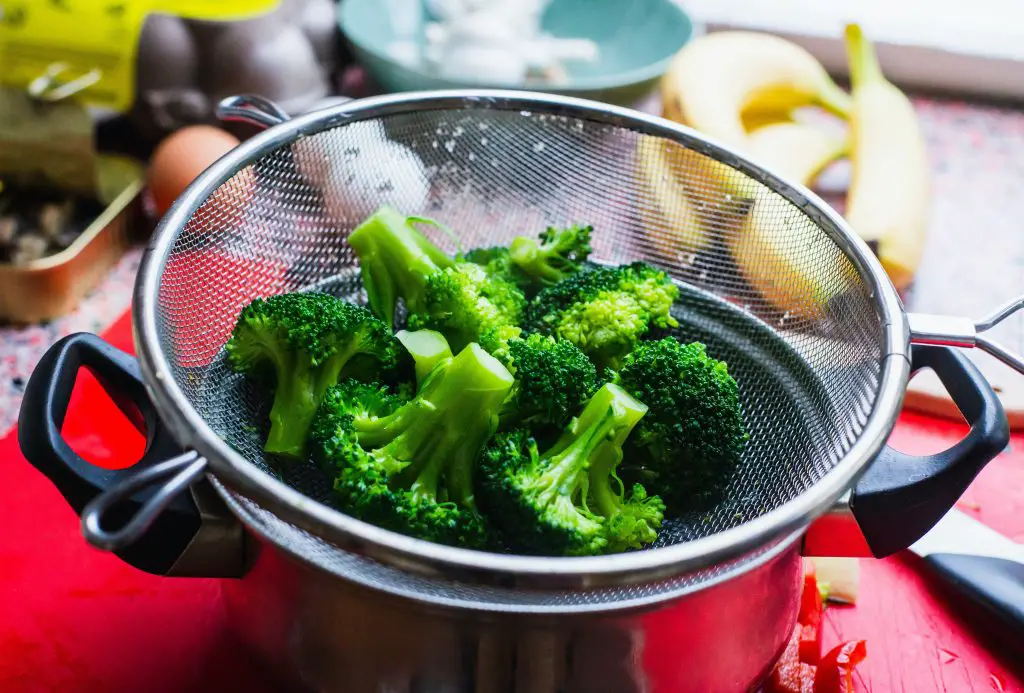
Broccolini has similar requirements to other types of Broccoli when grown. However, Broccolini is more tolerant of heat and has a lesser tendency to bolt in warmer temperatures.
How To Grow Broccoli
Broccoli is a vegetable that prefers to be grown in the cooler months of the year, as it has a tendency to set seed, if exposed to hot conditions. Broccoli is a hardy, frost tolerant plant that will tolerate temperatures as low as -2°C (28°F), and can be grown throughout the Winter in regions with mild Winters.
Seeds are best sown from Summer to Mid-Autumn, however, how late in the season they can be planted, is dependent upon the severity of the Winters. They can also be planted in late Winter, but the chances of the plant setting seed prematurely, is greater. One of the cheapest places to buy Broccoli Seeds is at Seeds Now in the US however, if you live in the UK try Thompson & Morgan. Both suppliers have a wide range of Broccoli seeds that covers several of the groups discussed in this article.
Plants can be established by direct sowing into soil, however planting in modular trays is recommended. If sowing in seed trays, the seedlings should be planted out after 4 to 6 weeks, when the seedlings have reached a size of around 10cms (4 inches). Planting out should only occur, when the temperature is greater than 5°C (41°F), at a spacing of around 40 cms (16 inches).
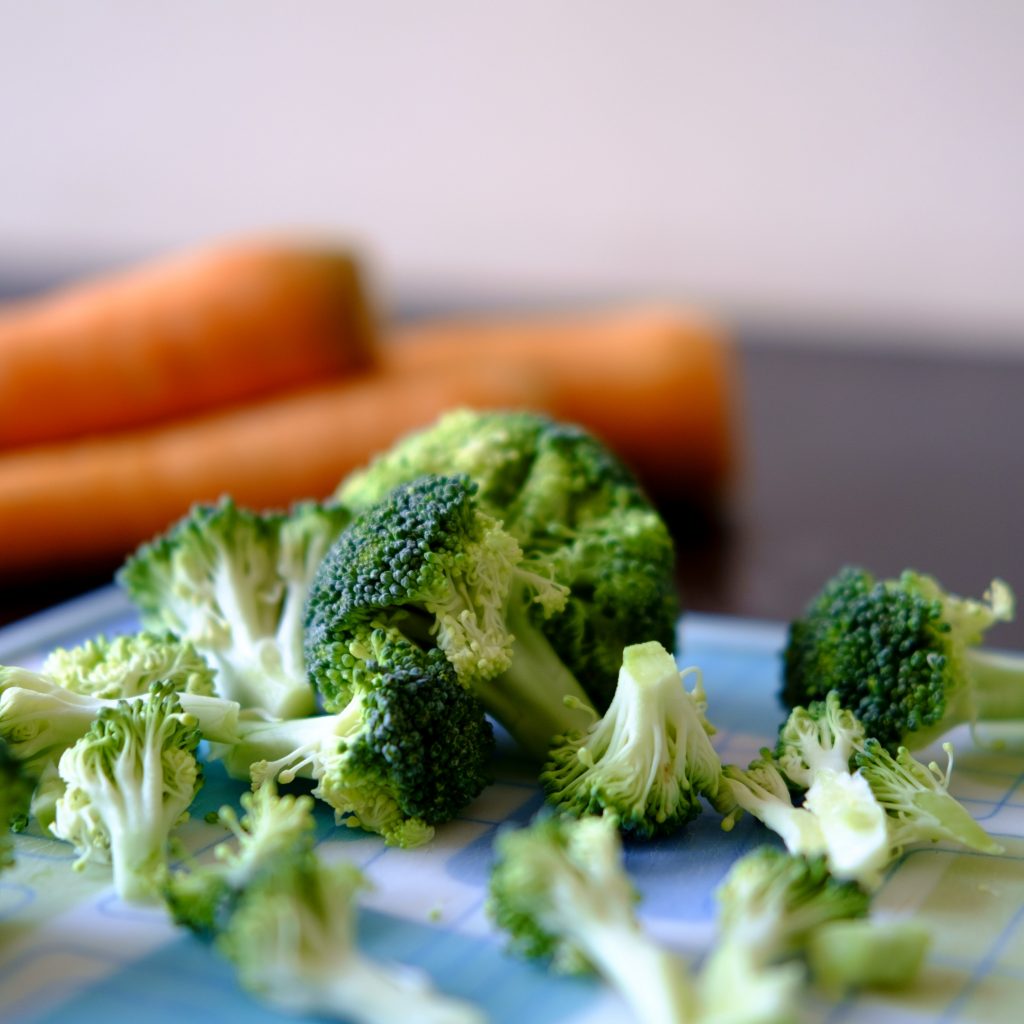
Seedlings in the early stages, are highly susceptible to attack from slugs and snails, and require protection. This protection needs to be implemented on the same day as the plants go in the ground, as slugs and snails have been known to decimate a plant in a single night. This protection can be in the form of commercial pallets, or a home-made remedy, such as coffee grounds and beer traps.
Broccoli grows best in full sun, and where the soil is slightly acidic, with the pH between 6.0 and 6.8. To learn more about how to measure soil pH and adjust it, go to https://planyourpatch.com/why-is-ph-important-in-soil/.
The soil should ideally be rich in organic matter, and moist but not soggy. During the growing season, many books recommend liquid plant food be applied regularly. However, I have found that if the soil preparation is adequate initially, or the no-dig method is being applied, it is generally not required.
Broccoli should be harvested when the head reaches a reasonable size. If there are any signs of the curds within the head separating, or indications that they are about to produce flowers, they should be harvested immediately. The quality of the head quickly deteriorates in warmer weather, and is the reason why harvesting in the peak of Summer should be avoided.
How To Store Broccoli
Broccoli is ideally stored in a cool and moist place, 0 – 4°C (32°- 40°F), and 90 percent relative humidity. Refrigerators provide the cold, but not the moisture. To increase the moisture, wrap unwashed Broccoli in a damp cloth or paper towel, and put it in a perforated plastic bag in the vegetable crisper draw. Under these conditions, the Broccoli will keep for one to two weeks.
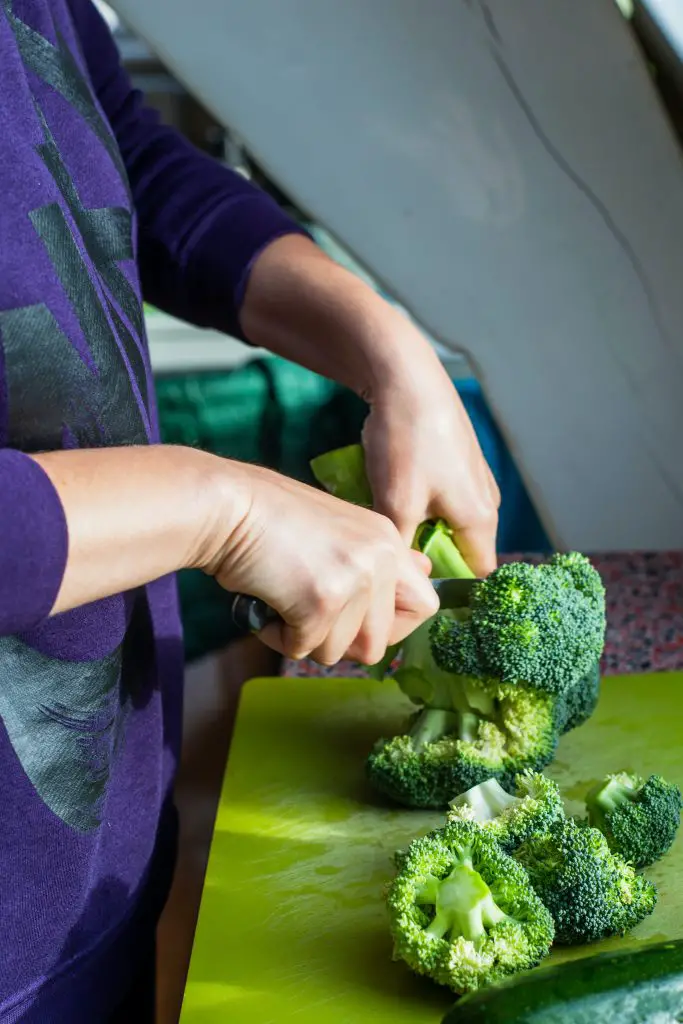
Broccoli may also be frozen, however, they need to be blanched prior to freezing, to ensure that the enzyme activity within the Broccoli stops. This process is distinct from blanching, done during the growing process, as it requires the vegetable to be placed in boiling water, for a short period of time, to prevent the loss of flavour, colour, and texture when frozen. If you are unfamiliar with how to blanch, the steps are provided below;
- Step 1: Wash the Broccoli and remove any leaves. Cut the Broccoli into smaller pieces, however, the size of these pieces depend on what type of recipe you want to use the Broccoli in.
- Step 2: Blanch the Broccoli, by bringing a large pot of water to boil. Fill a large bowl with ice water, just prior to starting the blanching process. Once the pot is boiling, add your Broccoli into the water. Cook for 2 minutes, then remove from the pot, and immediately plunge the Broccoli into the ice water to cool, for around the same amount of time as the blanching, and then drain thoroughly.
- Step 3: Prepare the Broccoli for freezing, Then Freeze. Pack all of your blanched Broccoli into plastic bags or a suitable container. Ensure each bag or container is labelled with dates.
